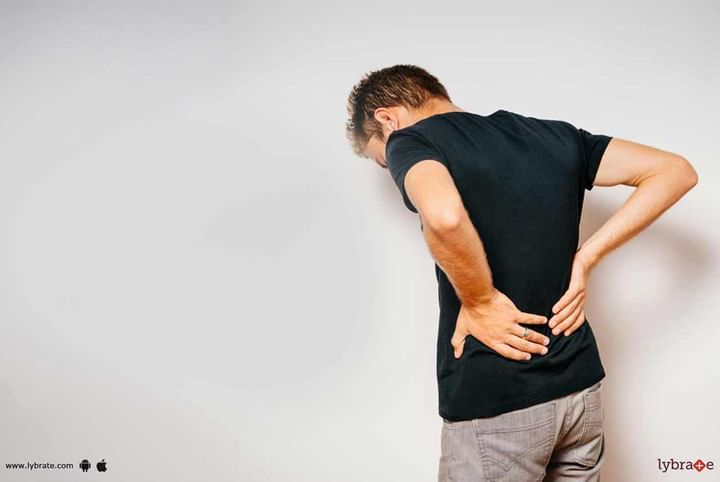Spinal Disc Problems - Know How To Deal With Them!
A spinal disk has a soft, jellylike centre (nucleus) encased in a tougher, rubbery exterior (annulus). Sometimes called a slipped disk or a ruptured disk, a herniated disk occurs when some of the nucleus pushes out through a tear in the annulus.A herniated disk, which can occur in any part of the spine, can irritate a nearby nerve. Depending on where the herniated disk is, it can result in pain, numbness or weakness in an arm or leg. Many people have no symptoms from a herniated disk. Surgery is usually not necessary to relieve the problem.
Discs uni formally distribute the body weight. It has got three-part the disc plate, nucleus and fibrous. Because of some undue pressure at a particular part of the disc, some or all cartilage fibres rupture and the nucleus bulges out. In advanced grade, this bulged out part may compress a corresponding nerve root. Due to compression, patients may experience radiating pain in the legs.
The most common site of a disc bulge is between L4-5 and L5-S1.
Through holistic corrective programme bulged out part retracts back leaving the pressure on the nerve.
The treatment has become successful because of unique muscle spasm release techniques and spinal decompression.
The disc is 84% gelatinous with the water-absorbing property. On decompression, it swells up and bulged out part retracts back and leaves the pressure on the nerve root.
As a final result, patients get complete relief in pain in the leg and also low back pain is permanently relieved.
This is the best-known treatment to date. According to a study done at KBMS Institute, more than 85% of patients get quick and permanent relief through this Holistic Corrective Programme (HCP).



+1.svg)
